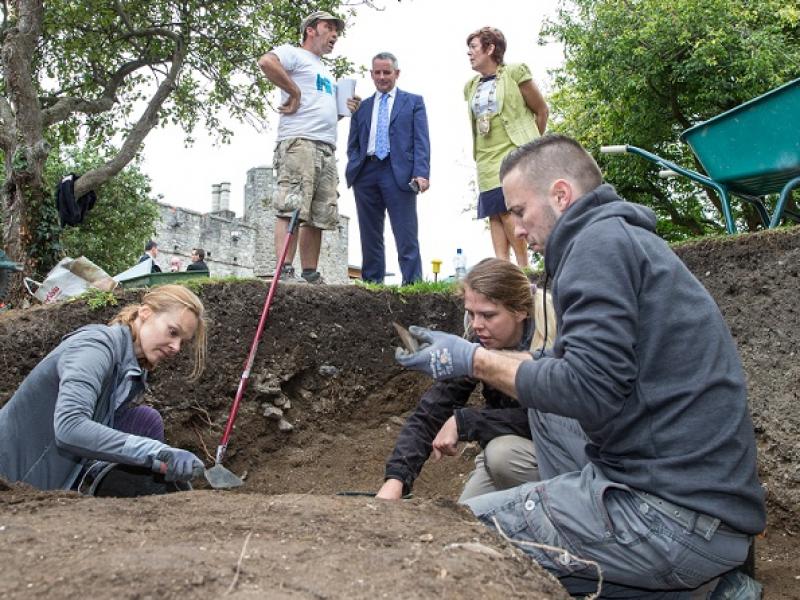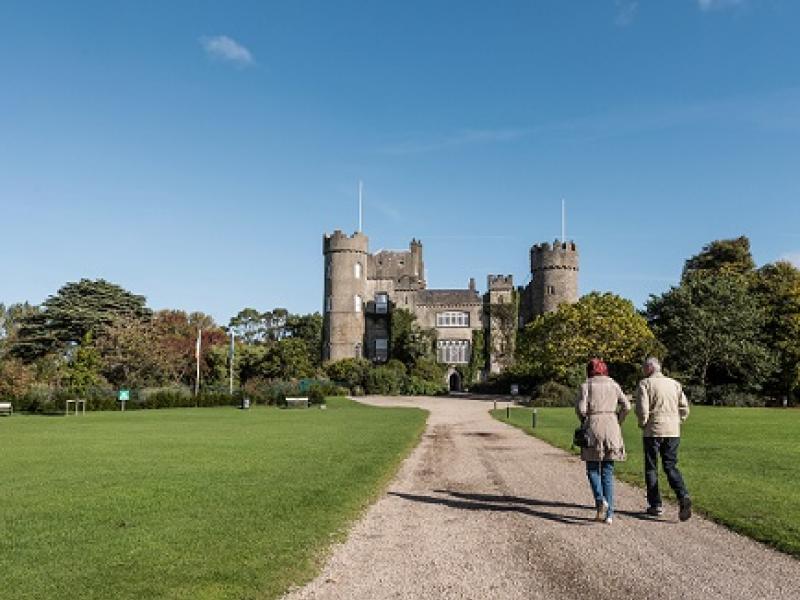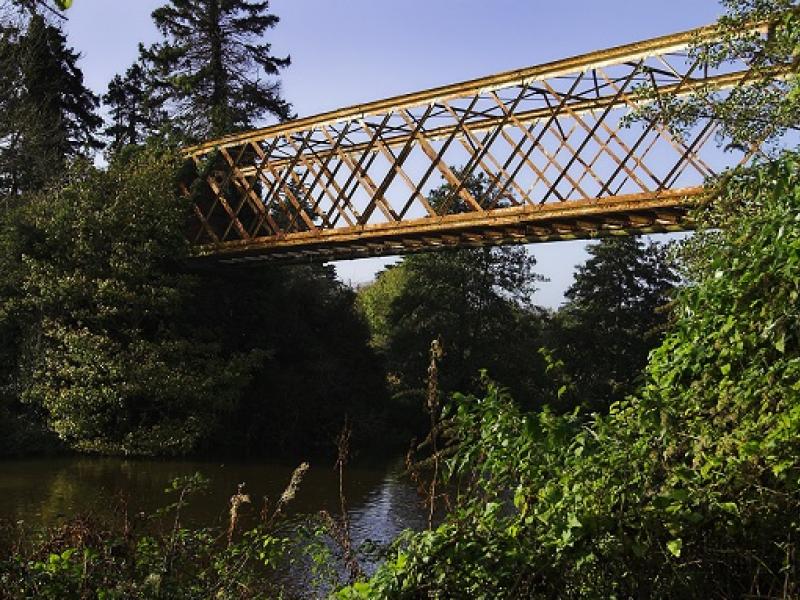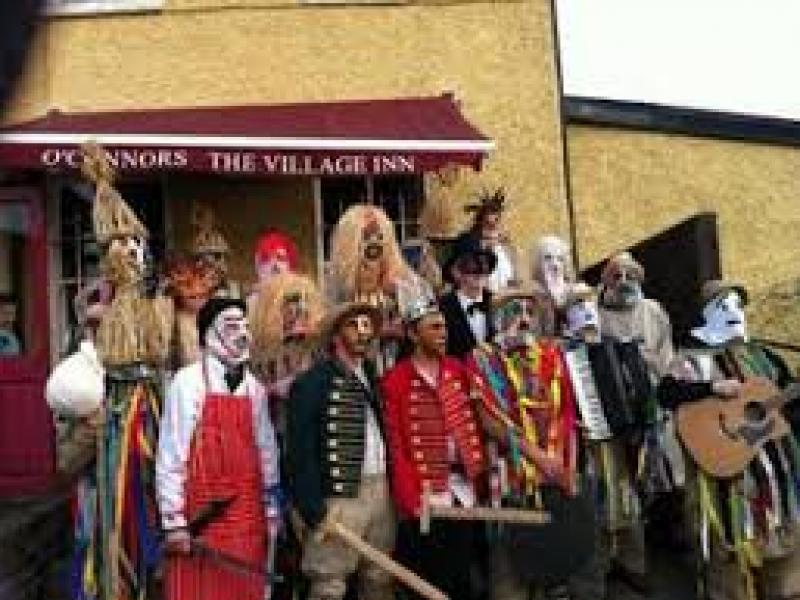Cultural Heritage
Cultural heritage includes tangible culture (such as buildings, monuments, landscapes, books, works of art, and artefacts), intangible culture (such as folklore, traditions, language, and knowledge), and natural heritage (including culturally significant landscapes, and biodiversity) (UNESCO).
Archaeological Heritage
Archaeology is the study of people who lived, fought, worshipped and died before us. Archaeology has a powerful contribution to make to the quality of life of today’s citizens in terms of social inclusion, environmental protection and sustainable development. It is not just about finding out about ‘what happened then’ but how what happened then informs now. Archaeology also makes us happy. An Historic England study found that visiting archaeological and historical sites; sharing memories; handling artefacts and empowering people to reclaim a sense of place can contribute to social cohesion, positive interactions, self-esteem and counter environmental degradation.
The archaeological heritage of Fingal is a non-renewable resource, in that once an archaeological feature or site is excavated or removed it is gone forever from the landscape. The archaeological resource sites is protected by European conventions, the National Monuments Acts 1930-2014, and the implementation of the Planning Act 2000 (as amended) and the objectives of Fingal Development Plan (2017-2023). The archaeological resource of Fingal, which currently encompasses 1015 known sites, includes built structures from churches and castles to Martello Towers and windmills; mounds, sub-surfaces sites, graveyards and burials, mill races and shipwrecks. These are statutorily protected through the Record of Monuments and Places (RMP) available (link to Appendix 3 of the Development Plan ).
If you intend to carry out works on or close to a recorded monument, or within a Zone of Notification, you must give 2 months prior notice in writing to the Minister for Culture, Heritage and the Gaeltacht, even if planning permission is not needed for the works. You do this by filling out a Ministerial Notification Form , provided by the National Monuments Service.
Find archaeological sites near you
Although the archaeological resource is finite, sites continue to be discovered. A quarter of Fingal’s monuments are not visible. Surviving as sub-surface features, these monuments have been identified through aerial photography, historic mapping and geophysical survey. So how do you find out if there are any archaeological monuments near you?
The Archaeological Survey of Ireland compiles an inventory of the known archaeological monuments known as the Sites & Monuments Record (SMR) which can be accessed digitally on www.webgis.archaeology.ie . You can zoom in on your area and any known archaeological sites will be shown with a note on their exact location, their classification and a short description, all of which can be downloaded onto a pdf.
Hundreds of archaeological investigations have been undertaken within Fingal especially over the past decade, including archaeological test excavations, excavations and monitoring of works within areas of archaeological potential. Summaries of the results of these investigations from 1970 to the present can be accessed on www.excavations.ie
Dublin County Heritage is a section of Heritage Maps a web-based spatial data viewer. Datasets pertaining to archaeology (excavation reports, geophysical surveys), architecture, museums, archive and collections, industrial, technical & craft can be overlaid with landscapes, habitats, geology and planning. See www.heritagemaps.ie
Discovering Archaeological Sites & Objects
If you discover any archaeological sites that are not in the RMP you must stop any works immediately and contact the National Monuments Service. <span>[email protected] Tel.: (01) 8882000
If you discover an archaeological object you must report it within 96 hours to the National Museum of Ireland.
Contact: Christine Baker, Heritage Officer
Email: [email protected]</span>
Tel.: 01 890 5691
Architectural Heritage
Part IV of the Planning Act 200 (as amended) provides a legal basis for the conservation and enhancement of the architectural heritage. Each Local Authority has a legal responsibility to compile a Record of Protected Structures (RPS) which can be added to if structures or parts of structures are deemed of special architectural, archaeological, historical, cultural, artistic, scientific, social and/or technical interest. A Protected Structure unless otherwise stated includes the exterior and interior of the structure, the land lying within its curtilage, other structures within the curtilage, plus all features and fittings of these structures. Any works that would materially affect or impact the character of a Protected Structure will require planning permission. Fingal’s RPS can be seen here (link to Appendix 5 of the Development Plan ).
Contact: Helena Bergin, Architectural Conservation Officer
Email: span>[email protected]/span>
Tel.: 01 890 6709
Architectural Conservation Area (ACA)
An Architectural Conservation Area is a place, area, group of structures or townscape that is of special architectural, historical, archaeological artistic, cultural, scientific, social or technical interest or value or contributes to the appreciation of Protected Structures. Examples include a terrace of houses, a town centre, a mill and outbuildings or country house and demesne. Any works that would materially affect the special character of an ACA require planning permission.
Fingal’s Architectural Conservation Areas can be seen here (link to Appendix 5 of the Development Plan ).
Historic Building Stock and Vernacular Buildings
Scattered throughout the countryside and within the towns and villages of Fingal is an extensive stock of modest historic buildings and vernacular structures built with traditional materials. These farm buildings and thatched cottages contribute positively to the distinctive character and identity of particular areas and their reuse and retention is encouraged.
Designed Landscapes-Historic Gardens, Demesnes & County Estates
Historic designed landscapes relate to gardens, parkland, woodland, estates and public parks that were deliberately laid out for artistic effect. The designed landscapes of Fingal consist primarily of demesne or estate lands that were originally owned, for examples Malahide Castle Demesne, Luttrelstown castle Demesne and Newbridge House Demesne. An assessment of 19th century historic maps by the National Inventory of Architectural Heritage (NIAH) identified about 130 demesne or designed landscapes within Fingal’s jurisdiction.
Industrial Heritage
The sites, structures, machinery, artefacts and plant associated with manufacturing, transportation, communications, construction, public utilities, raw material extraction and production from our industrial heritage. Examples of industrial heritage of Fingal include the historic railway structures, harbours, lighthouses, bridges, milestones, factories, mills, weirs, lime kilns, forges and windmills.
Intangible Cultural Heritage
In December 2015 Ireland ratified the 2003 UNESCO Convention for the Safeguarding of the Intangible Cultural Heritage. Intangible cultural heritage ‘refers to the practices, representations, expressions, knowledge, skills – as well as the instruments, objects, artefacts and cultural spaces associated therewith – that communities, groups and, in some cases, individuals recognize as part of their cultural heritage. This intangible cultural heritage, transmitted from generation to generation, is constantly recreated by communities and groups in response to their environment, their interaction with nature and their history, and provides them with a sense of identity and continuity, thus promoting respect for cultural diversity and human creativity’.
Following an open call for Expressions of Interest and the appointment of an Expert Advisory Commitee on Intangible Cultural Heritage, in July 2019 the Minister for Culture, Heritage and the Gaeltacht approved the inscription of thirty cultural heritage elements on Ireland’s permanent National Inventory including the Fingal Mummers. Fingal has a long and continuous tradition of Mumming. It is seasonal and traditionally takes place over the Christmas holiday period. Each character in the play has his/her own particular traditional rhyme. Fingal Mumming differs from Mumming elsewhere in Ireland in that it mixes representative dressing with masking and straw costumes. Furthermore, the main characters in the North Dublin play changed (1950s) to represent Ireland & England. Historically they represented a challenge and fight between St. George of England & the Moor or Turk. This particular change is attributable to Dr May of Swords who revitalised the tradition in the 1950s. Read more here https://nationalinventoryich.chg.gov.ie/
Language Heritage
The use of the Irish language as part of everyday life is encouraged approximately 38% of the population of Fingal could speak Irish in 2011 (www.cso/ie). Fingal County Council is implementing the Irish Language Scheme 2021-2024. Read more here . Agus As Gaeilge anseo



